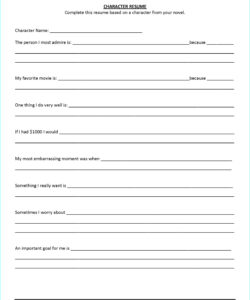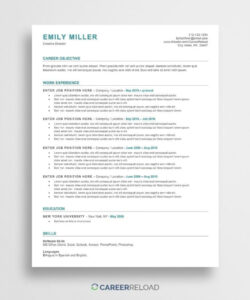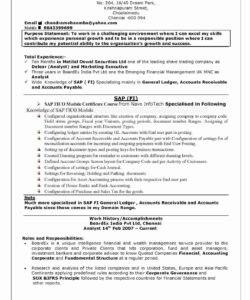Continuing education is a great way to stay up-to-date with the latest trends and technologies in your field. It can also help you stand out from other job candidates when applying for a new position. However, many people struggle with how to include continuing education on their resume. In this article, we’ll provide some tips and tricks for highlighting your continuing education in a way that will impress potential employers.
Why Continuing Education is Important
Continuing education is important for a number of reasons. First and foremost, it helps you stay current with the latest trends and technologies in your field. This is especially important in fast-moving industries like technology and healthcare, where new developments are happening all the time. By staying up-to-date with the latest trends and technologies, you’ll be better equipped to do your job and provide value to your employer.
Continuing education also shows that you’re committed to your profession and willing to invest time and money in your own development. This is an attractive quality to potential employers, as it demonstrates that you’re serious about your career and willing to go the extra mile to succeed.
How to Include Continuing Education on Your Resume
When it comes to including continuing education on your resume, there are a few different approaches you can take. Here are some tips to help you get started:
1. Create a Separate Section
If you have a lot of continuing education to include on your resume, you may want to create a separate section for it. This will help ensure that it gets noticed by potential employers. You can title this section “Continuing Education” or “Professional Development.”
2. List Your Courses and Certifications
When listing your continuing education on your resume, be sure to include the name of the course or certification, the institution where you earned it, and the date you completed it. You can also include any relevant coursework or projects you completed as part of the program.
3. Highlight Your Achievements
Don’t just list your continuing education on your resume – highlight your achievements as well. For example, if you completed a certification program, include information about any awards or honors you received. This will help demonstrate your expertise and commitment to your profession.
Conclusion
Continuing education is an important part of professional development. By highlighting your continuing education on your resume, you can demonstrate your commitment to your profession and stand out from other job candidates. Use the tips and tricks in this article to create a resume that showcases your skills and expertise.
FAQ
Q: How do I list continuing education on my resume?
A: When listing your continuing education on your resume, be sure to include the name of the course or certification, the institution where you earned it, and the date you completed it. You can also include any relevant coursework or projects you completed as part of the program.
Q: Should I include continuing education that’s not related to my field?
A: It depends on the situation. If you’re applying for a job in a new field and don’t have a lot of relevant experience, including continuing education that’s not related to your field can help demonstrate your commitment to learning and professional development. However, if you have a lot of relevant experience in your field, you may want to focus on that instead.
Q: How much continuing education should I include on my resume?
A: It depends on how much you have and how relevant it is to the job you’re applying for. If you have a lot of continuing education that’s relevant to the job, you may want to create a separate section for it. If you only have a few courses or certifications, you can include them in your education section.


